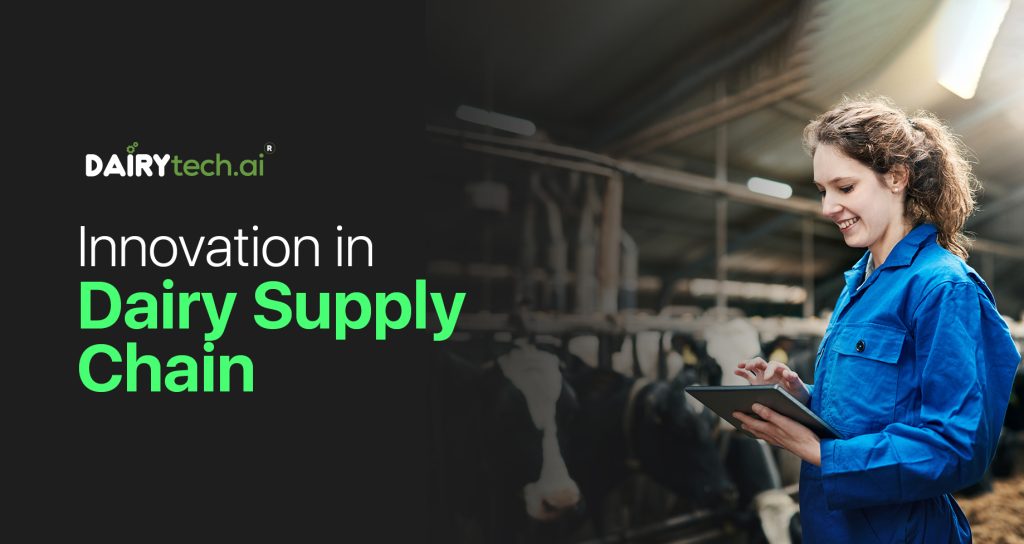Innovation in Dairy Supply Chain
In the past many years, dairy has been grilling over manual hard work. But also it has seen a tremendous boost in multi-channel technology-driven innovations shoving off the dairy problems in the corner over the years.
Many dairy farms have modernized their dairy farm with technology. From auto-milking machines, milk cooling processors, herd management software, delivery management system, and many more. Nevertheless, technology plays a vital role in modifying Dairy industries across the globe.
Dairy farms face many issues since the start of milk production to reach a customer. Let’s find out major issues faced till the milk reach our fridges:
Dairy Herd Management
From managing the numbers of cattle, keeping track of their vaccinations, managing how much feed they need, their breeding and insemination monitoring, milking issues, cost management for managing complete feed, and much more, many companies have innovated smart software to manage all of this in one place.
Companies like DairyLive, MilkingCloud, Delmer, Bump Gates, Fullwood Packo have developed software to help dairy farm owners to ease down on managing the herd or cattle traffic system.
Hauling
In the dairy sector, milk transporters have evolved into a highly specialized and vital connection. Today’s milk carriers connect milk producers and processors by carrying raw milk from farms to processing plants in bulk tank trucks and tractor-trailer units. Even from processing plants to the retailers/shops.
It is not easy to transport milk from one place to another because milk has to be maintained within the time frame of delivery. Hauling routes are defined to make sure milk is picked up at the defined time and delivered within a safe window.
Feed Management
Cattle feed requirements are determined by their health and the weather. A sick or pregnant cow, for example, may require additional nutrients. Cattle require extra glucose in their diet when the weather is hot and humid. To sustain maximum milk production throughout the year, a variety of feed technologies create tailored feed additives, supplements, premixes, and base mixes.
In India, the National Dairy Development Board (NDDB), for example, has developed bypass protein technology to provide specifically processed protein supplements that may be administered to cattle to boost milk output and quality.
Milk Quality
Milk is a perishable commodity. It has a tendency to get stale, despite pasteurization, freezing, and other preservation methods. Millions of tonnes of milk spoil before being consumed, resulting in waste. Efforts are also being undertaken to extend the shelf life of milk without the use of preservatives or chemicals.
Milk can now be detected for freshness and stored for extended periods of time thanks to advances in technology. Naturo, an Australian food technology business, has invented a method that can keep natural milk fresh for at least 60 days in the refrigerator without the need for chemicals or preservatives. Scientists in the United States have developed a novel pasteurization technology that extends the shelf life of fresh milk from 13 to 40 days without altering its flavor or nutritional content.
Pickup & Delivery
The dairy industry is complex as it depends on many factors such as storage, cooling processors, weather, packaging, delivery, etc. The supply chain woes are confusing to manage. A number of technological innovations have provided enough solutions to shove off this problem.
Companies like, Trakop, Stellapps, MilkManApps have developed a smarter solution easing down the pain areas for any delivery business.
The list of technologies above is extensive but not exhaustive. Most dairy technologies are now facing acceptance difficulties in India since a substantial portion of the Indian dairy sector is still made up of small-scale and unorganized companies that lack the financial resources, access to technology, and skills to implement it. The good news is that many countries has already launched the dairy technology revolution, and it will only be a matter of time until these technologies become commonplace.


